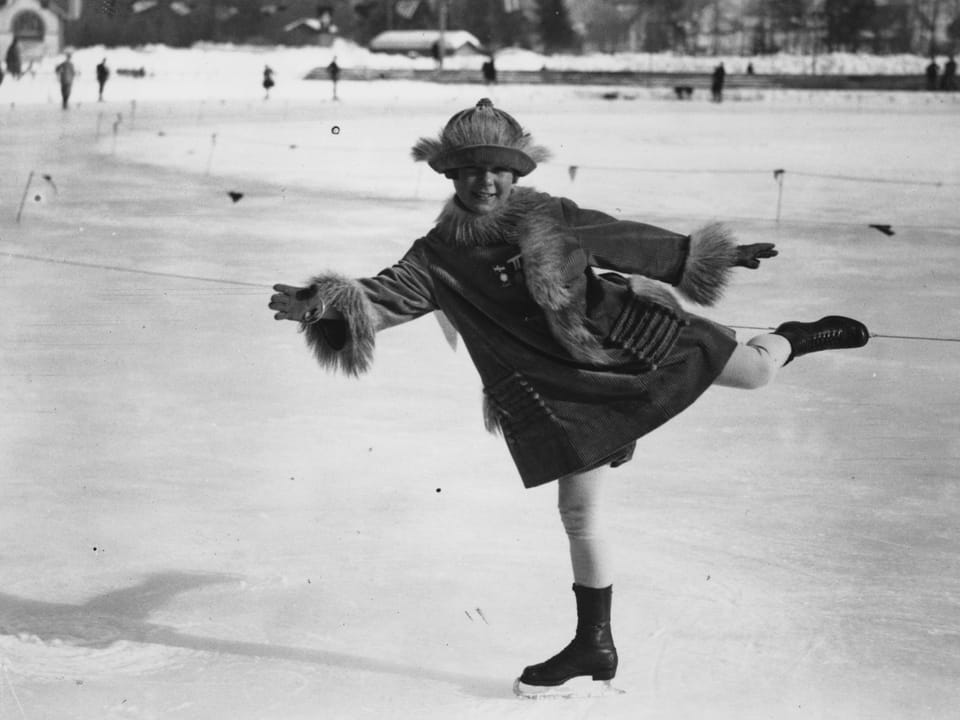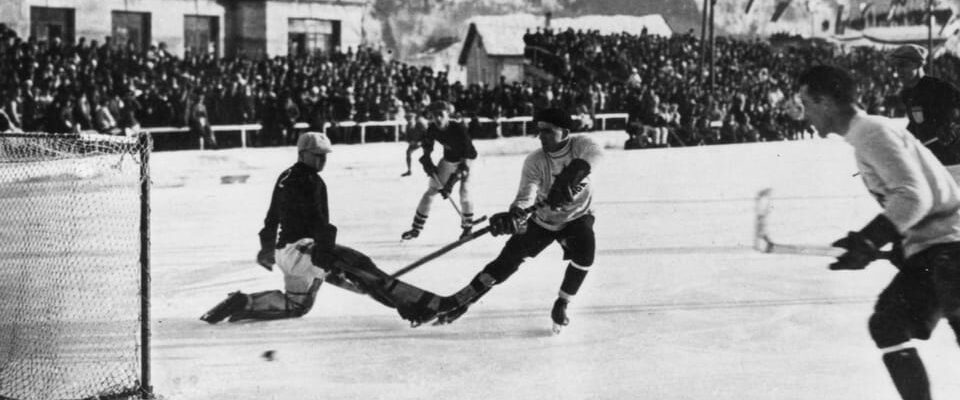Contents
The first Winter Olympics took place in Chamonix 100 years ago. However, they were only declared to be these retroactively.
On January 24, 1924, an international winter sports week opened in Chamonix. Two years later, the International Olympic Committee (IOC) retroactively declared them the first Winter Olympics in history. At the time, the event was almost an appendage, a harbinger of the Summer Games that took place in Paris in 1924. A train station also played a very important role. But one after anonther.
There was no talk of the Olympics 100 years ago when almost 300 athletes met in Chamonix for the opening ceremony on January 24th to determine their best in 7 sports. There are 13 women among them, they compete exclusively in figure skating. Medals are awarded in four- and five-man bobsleigh, ice hockey, speed and figure skating, curling, Nordic skiing and in the so-called military patrol.
Legend:
Gold for the Canadians in ice hockey
In the 1924 final, Canada beat the USA.
Allsport Hulton/Getty Images
When everything was still manageable
The names of the protagonists are probably only known to a small circle today. However, one participant starts a world career from Chamonix: the Norwegian Sonja Henie, the “Häseken”, at 11 years old the youngest Olympic participant to date, sits on the ice more on her debut than she skates, but with three Olympic victories, 10 World Cup and 6 European Championship titles, making her the most successful runner in history to date.

Legend:
The youngest Olympic participant to date
11-year-old Sonja Henie in Chamonix in 1924.
Central Press/Hulton Archive/Getty Images
88 journalists and a total of 10,000 spectators accompany the winter sports week in Chamonix. The spectacle on ice and snow was a complete success for the time. The train station plays a central role in this. This became a bargaining chip in the decision-making process as to which French municipality would be allowed to host a winter sports week, planned for the first time, to prepare for the 1924 Summer Olympics in Paris.
Unlike its competitors in the Vosges and the Pyrenees, Chamonix at the foot of the mighty Mont Blanc massif had this train station, which enabled participants and spectators to travel comfortably to the Alps.
The increasing search for snow
100 years after the first Winter Olympics in history, in view of the rapidly advancing climate change, they are increasingly looking for their justification – and for snow. In the run-up to the Summer Games in Paris, the IOC will announce the winter host for 2030 in a few months: France’s bid with the Alps and Nice was invited by the IOC to a “targeted dialogue”, which is practically equivalent to an award. In 2034, Salt Lake City will be the designated host. And then?
Last October, the IOC pointed out the potentially far-reaching consequences of climate change for the Winter Games. A study commissioned by the IOC found that from 2040 only 10 countries in the world will be able to guarantee snow security for the period of the Games. Discussion about a possible rotation principle in awarding and a different competition program has already begun.
The Olympic champion with the bobsleigh from the tombola
At the small train station in the snow-covered Chamonix, people didn’t have worries like this 100 years ago. The Swiss Eduard Scherrer is more concerned about his bulky and heavy bobsleigh, which has to be transported in the comparatively small train. Scherrer recently won the wooden monster in a raffle held by his local gymnastics club, and in Chamonix he and three Swiss friends pushed it down a bobsleigh track for the first time. He named his sled “Acrobate” – in the end he became an Olympic champion.
